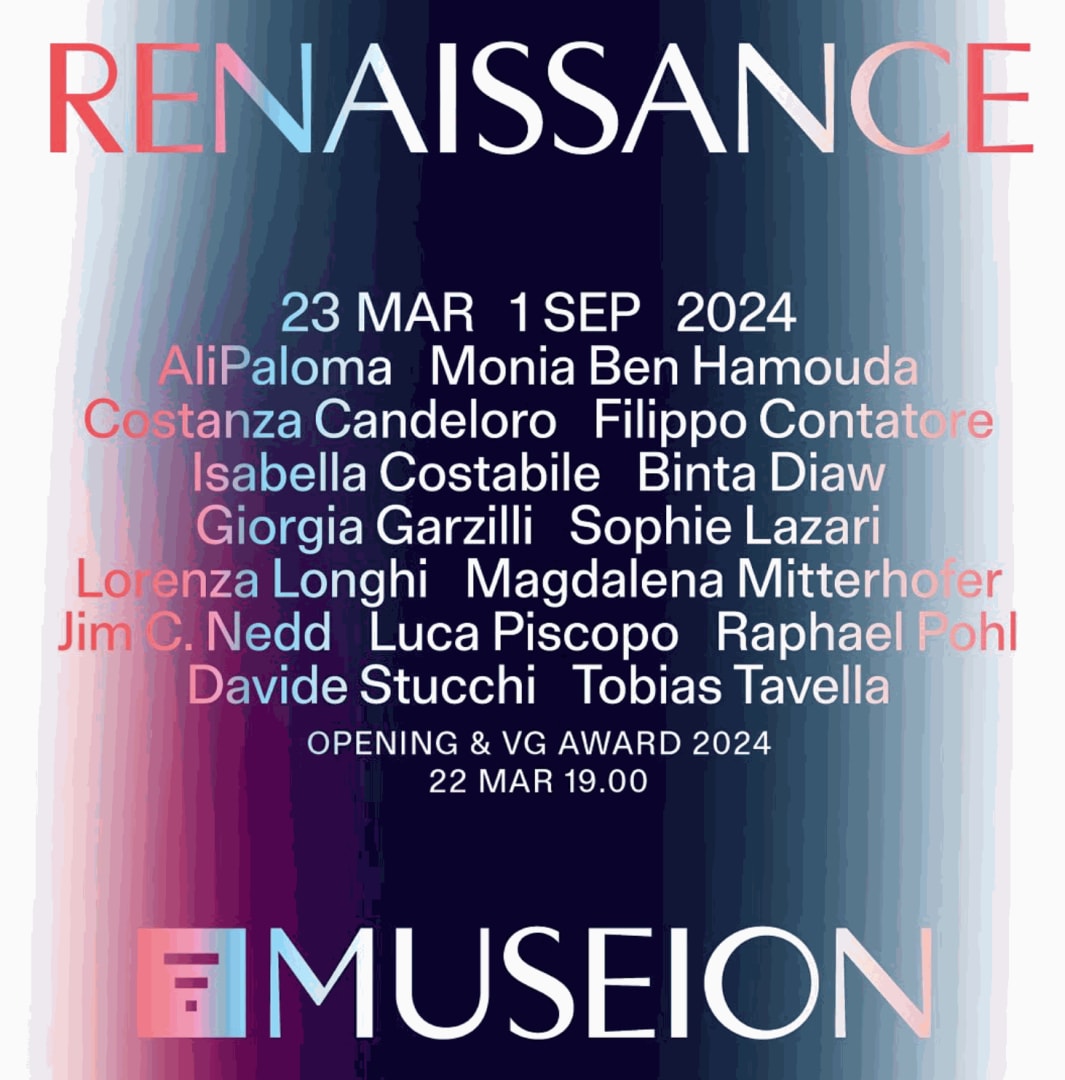RENAISSANCE @ Museion, Bolzano’s Museum of Modern and Contemporary Art: Binta Diaw
Museion, Bolzano’s Museum of Modern and Contemporary Art, is pleased to announce its highly anticipated exhibition devoted to the celebration of young contemporary artists from South Tyrol and Milan. RENAISSANCE highlights transdisciplinary artistic positions who share a commitment to a regenerative and critical examination of their cultural heritage.
On the occasion of one of the highest grants for young art in Europe, awarded by the Vordemberge-Gildewart Foundation, Museion presents an exhibition featuring selected works by 15 young artists from northern Italy. Despite the diversity of their practices – including sculpture, installation, painting, drawing, video, photography, and performance – all artists share a regenerative approach towards remnants from the past. How does a young generation of artists process their weighty cultural heritage, shaped by aesthetic and social “standards”, values, role models, icons, or expectations of the artist figure? How do they build upon ruins of the past which still cast long shadows?
All 15 artists in the exhibition use found methods, images, or materials to lay bare the foundations of hegemonic patterns of representation in order to build something new on top of them. While some set out to trace traditional rituals and spiritual practices, along with the experiences of migration or the family histories that accompany them, others undertake a critical analysis and re-evaluation of formative pop-cultural images, urban fictions, or stereotypical gender roles in literature, film, design, architecture, and advertising. Several of the artists devote themselves to recycling waste products from the creative industries, in which they sometimes work at the interface between fine and applied arts. In various transdisciplinary ways, all the artists address questions of belonging based on an understanding of cultural identity as something fluid and not set in stone. In this sense, familiar regenerative concepts of “Renaissance” or “Arte Povera” are translated into the Now and take on a new meaning.

